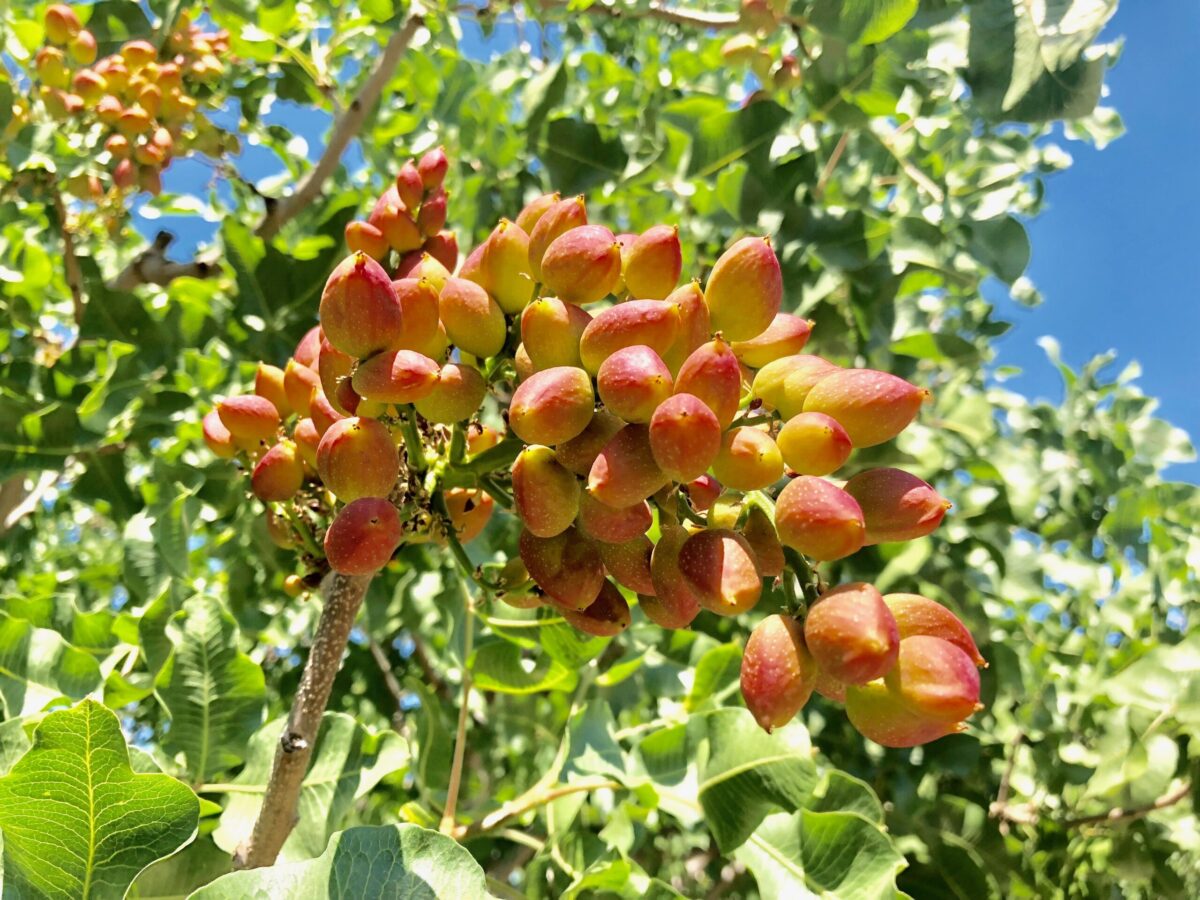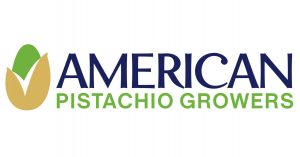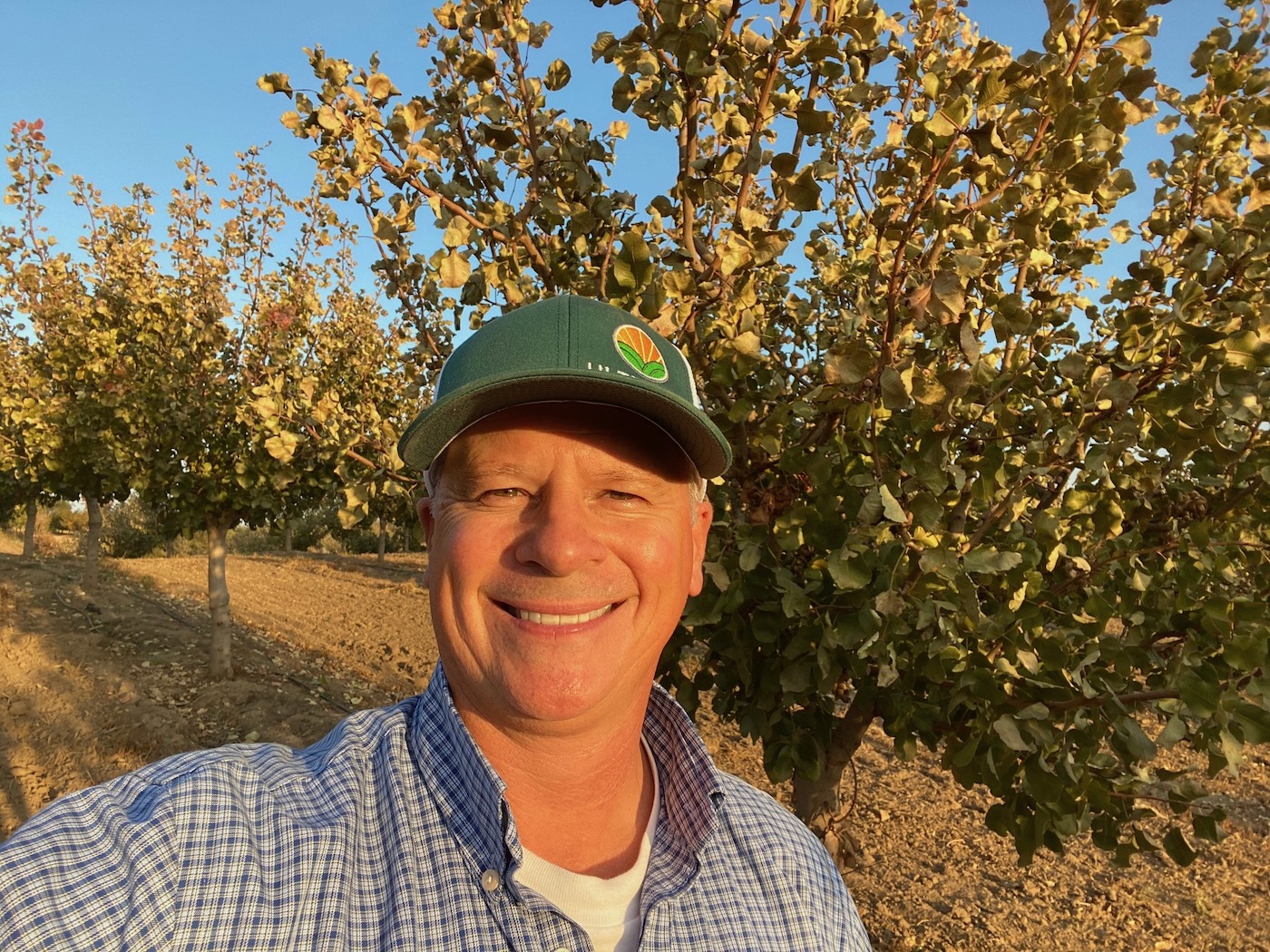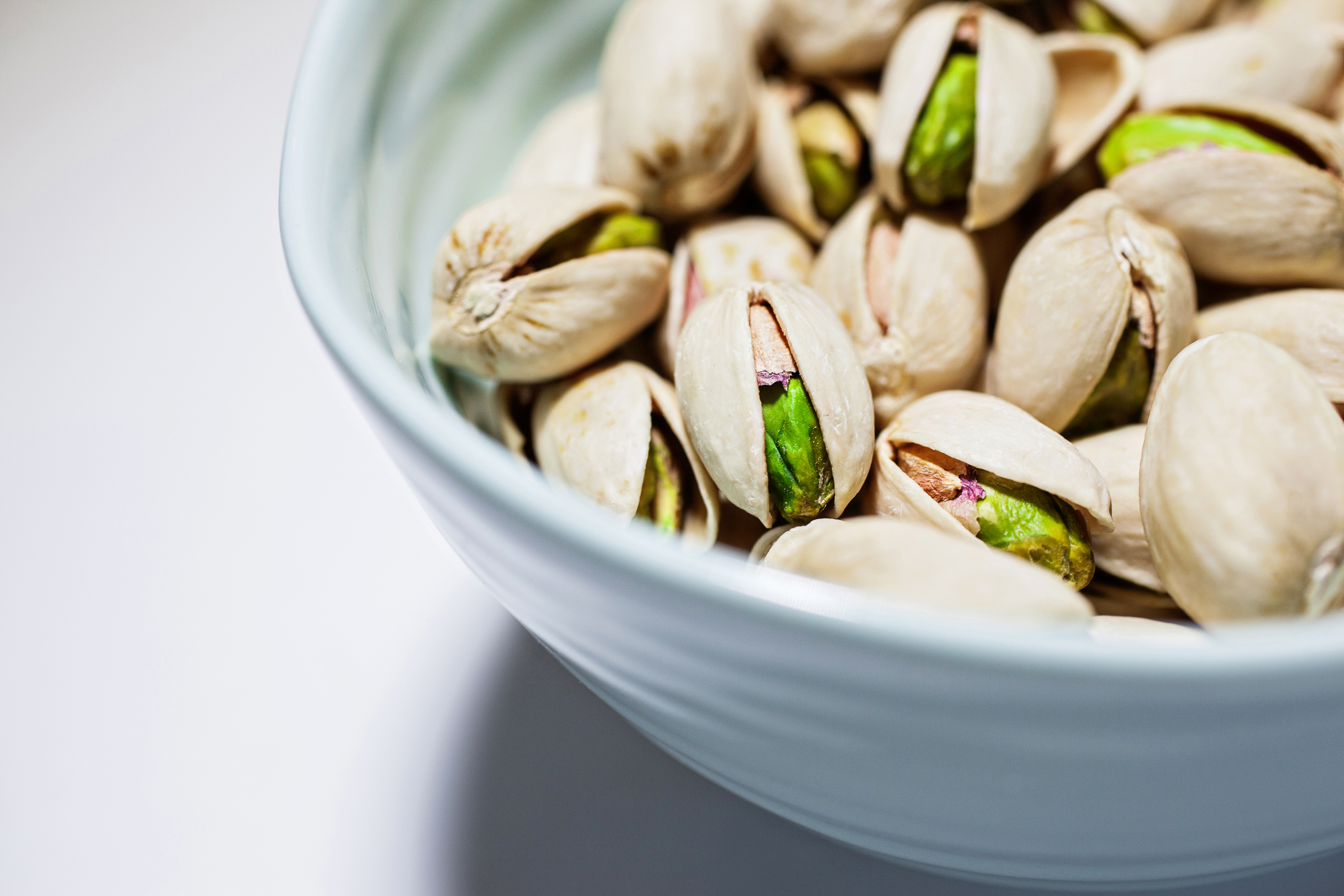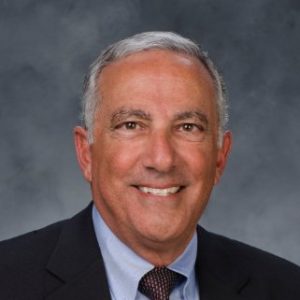APG To Have Facebook Live Series with Their Ambassadors, And Others
American Pistachio Growers Kicks Off New Facebook Live Series
Monthly interviews will feature conversations with some of the world’s top athletes, adventurers and renowned nutrition and thought leaders, asking them “What fuels your goals?”
American Pistachio Growers (APG), armed with voluminous data that pistachios are packed with a multitude of benefits for active bodies and minds, is inaugurating a new 2021-22 Facebook Live Series — Friday Fuel-Up with Dr. Mike Roussell
- to engage some of the most energetic and interesting people in the world with the question, What fuels you? The monthly series, which debuts August 6 and continues the first Friday of every month, is hosted by nutritionist Dr. Mike Roussell, a noted author and nutrition advisor to
Men’s Health Magazine.
“I’m ecstatic about the opportunity to bring to online audiences conversations with some of the world’s top athletes, adventurers and authorities in key areas of life,” said Roussell. “We’ll delve into their mindset, what drives them to succeed in their field, as well as the physical aspect of fueling success. In all episodes, there should be key takeaways that any listener can apply to their own life.”
The first eight months’ line-up of guests reads like a page out of Who’s Who. His first guest on August 6 is Luke Coutinho, a globally renowned holistic lifestyle coach and best-selling author, based in India, who’s known for his take on Eastern philosophy, nutrition and practices that also incorporate well into Western lifestyles.
The balance of the 2021 line-up includes: Scott H. Smith, PhD., Nutritionist and Manager for Nutritional Biochemistry for NASA’s Johnson Space Center, September 3; renowned Big Mountain snow boarder and National Geographic Adventurer of the Year Jeremy Jones, October 1; two-time Olympic gold medal-winning British triathlete Alistair Brownlee, November 5; and Bryan Snyder, Director of Nutrition for the Denver Broncos, December 3.
For 2022, Roussell will welcome 2021 Iditarod champion Dallas Seavey, January 7; Vicky Losada, international soccer star and leading advocate for womens’ and girls’ sports, February 4; and pro quarterback Josh Allen, March 4.
Audiences can join the conversations LIVE between Roussell and Coutinho on August 6 at 10 a.m. PST at Facebook.com/AmericanPistachios, the same time and place for all subsequent episodes in this first Friday-of-the-month series. Recorded programs will also be available on Instagram and YouTube.

